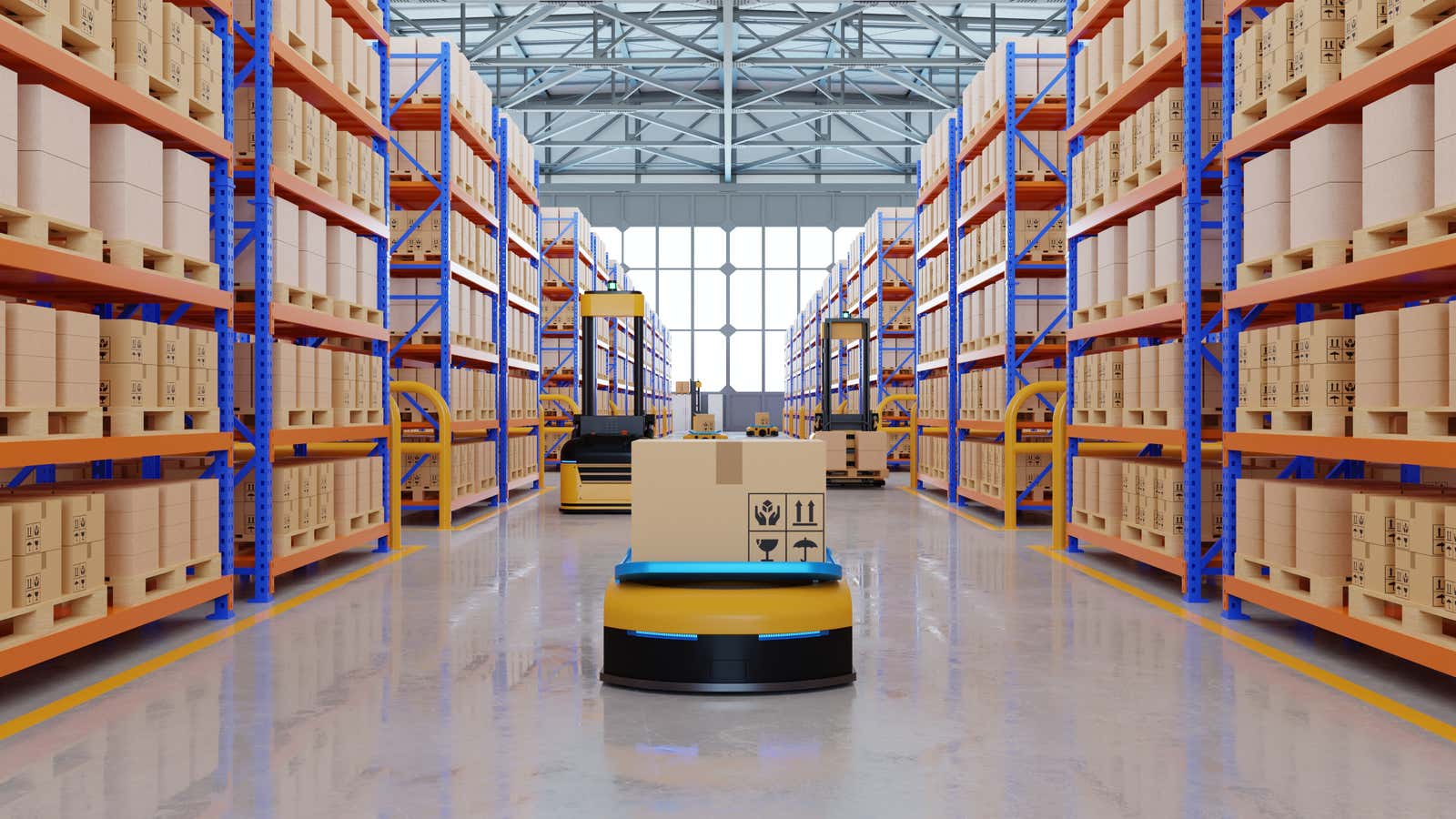Amazon Prime Day Discounts Aren’t As Great As They Seem

Amazon is well versed in capitalism. The ubiquitous online retailer uses every conceivable psychological trick (and some we probably can’t) to maximize its profits, and one of the most powerful tools in the company’s arsenal is price control during sales like Prime Day.
Broadly speaking, the whole operation is based on persuading consumers to buy things they don’t need , and one of the specific methods they use is price manipulation over time to make you think you’re saving more money than you actually are. . . (See this more detailed overview of Amazon’s tactics for more information.)
Of course, a lot depends on how Amazon determines its prices – inflation, supply and demand, etc. – but “make you think you’re getting a great deal” is an obvious motivation during promotions like Prime Day.
How to spot illusory Amazon Prime Day discounts
In the chart above (made with Keepa , an extension that compares Amazon prices over time), you can see the Amazon Echo Dot 4th Gen price volatility over the past few months. While the current “lightning deal” price of $19.99 seems low, Amazon may be saying it’s “60% off” because the no-sale price has been raised to $49.99 from a price of $27.99 US dollars, which they charged in mid-June. So it’s actually more like a 28% discount – still a good deal, but not quite as “I have to buy this even though I don’t want to” might seem.
The same principle applies to non-Amazon products. Consider the Bissell, 2747A PowerFresh Vac & Steam All-in-One Vacuum , which is currently listed for sale on Amazon for a Prime Day starting price of $129.99. That’s 30% off the list price of $185.39. A lot, until you look a little closer.
If you had bought this vacuum cleaner back in April, it would have cost you $153.39, so you “really” save just over 15% by buying it on Prime Day, not 30%.
How to Check a Product’s Price History Before Buying a Product on Amazon
Because Prime Day deals aren’t released until a certain time window, you can’t tell in advance how much discount you’ll get on a particular product. But if you buy something on Prime Day, you can check the price history right before you buy.
I’m sure Amazon prefers to keep their price history private, but since it’s public, people are building websites, apps, and extensions that collect pricing history and allow you to compare stores over time. I use the Keepa extension for Chrome, but that’s not the only easy-to-use free price history tracking option for Amazon. Others, like Camelcamelcamel and Earny , do basically the same thing with slightly different bells and whistles. If you haven’t already, you should use it before believing advertised Amazon discounts.